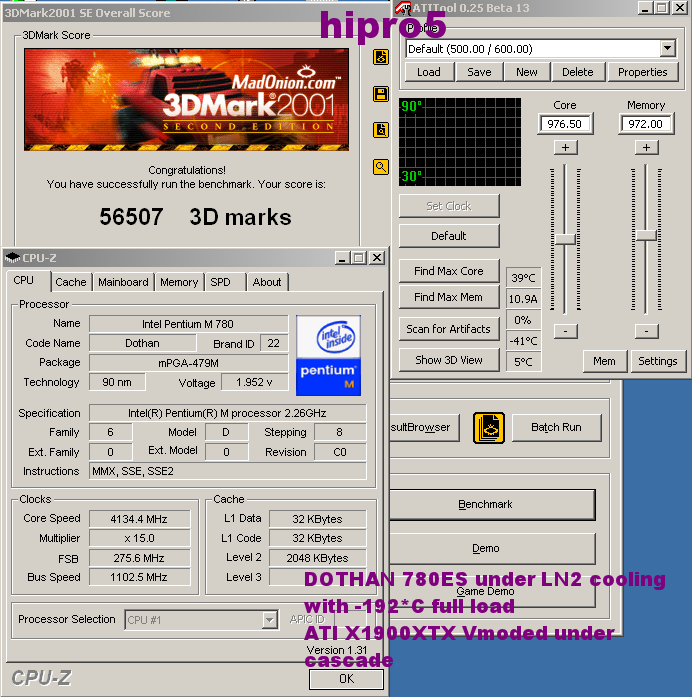
If you aren't into making your own USB stick as
mentioned by THG here but needed to have one, then why not buy one?
The
Computer-On-a-Stick (COS) is a USB Flash Drive featuring its own onboard Operating System, a Microsoft Office-compatible suite, PDF Creator, and tons more...
The
Computer-On-a-Stick (COS) also boasts the powerful Mozilla Firefox Web Browser, Evolution email, and Yahoo & MSN compatible Instant Messenger for superior Internet connectivity
Plug the
Computer-On-a-Stick (COS) into your PC or Laptop and instantly transform your old environment into a new and powerful secure workstation - without a hard disk!
The combination of low cost and a powerful Onboard Operating System provides users with all the benefits of a thin client solution without changing their existing PC hardware or software.
- Use the Computer-On-a-Stick when your PC or Laptop’s existing OS slows to a crawl or even fails.
- Use the Computer-On-a-Stick to continue working on Windows-compatible documents.
- The Computer-On-a-Stick is compatible with files created in Microsoft Word, Excel, PowerPoint, Paint, and more…
- No need to pay for expensive new software releases or upgrades $$$ !
- View and create Adobe PDF files
- Share a pool of office PCs or work from home without changing your own desktop each time you use the device.
- Reduce your exposure to viruses, worms and spyware by running applications from a read-only partition on the device.
- Connect to remote servers with secure connectivity tools, including VNC, SSH and RDP.
Source:FingerGear















 Second Intel®-branded board I reviewed so far. I am pretty impressed by this board. If you are looking into mass deployment of business PC, then give this motherboard a look. The warranty and support is top notch as always, what you would expect out of Intel®.
Second Intel®-branded board I reviewed so far. I am pretty impressed by this board. If you are looking into mass deployment of business PC, then give this motherboard a look. The warranty and support is top notch as always, what you would expect out of Intel®.

 Special thanks to dulber for reminding me to post this news item. It's a bit old, a few days off news posting, but still a very nice tidbits for the fanboys. I haven't heard or seen any other official announcements about this, but if I do see anything "public", then rest assured it'll be posted here.
Special thanks to dulber for reminding me to post this news item. It's a bit old, a few days off news posting, but still a very nice tidbits for the fanboys. I haven't heard or seen any other official announcements about this, but if I do see anything "public", then rest assured it'll be posted here.
 If you aren't into making your own USB stick as
If you aren't into making your own USB stick as 






